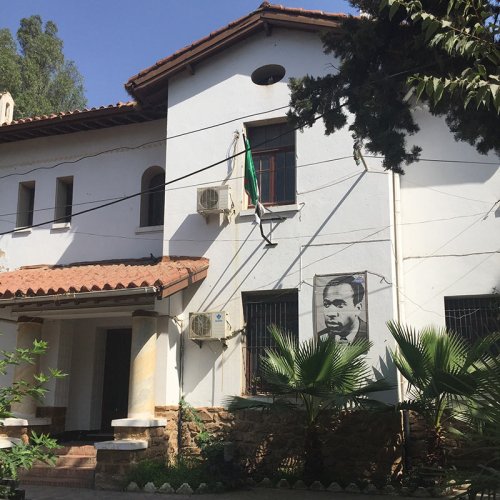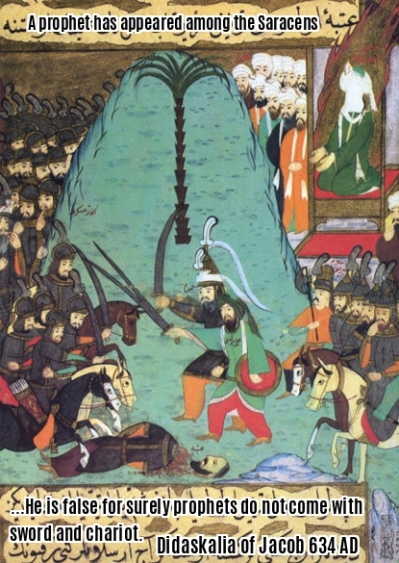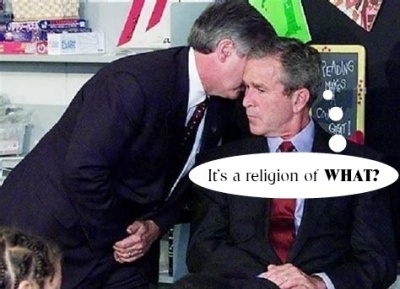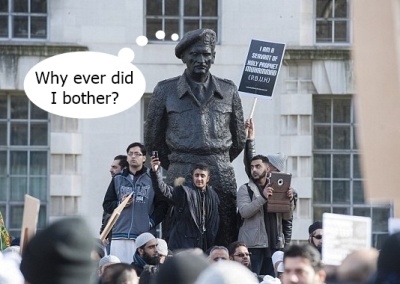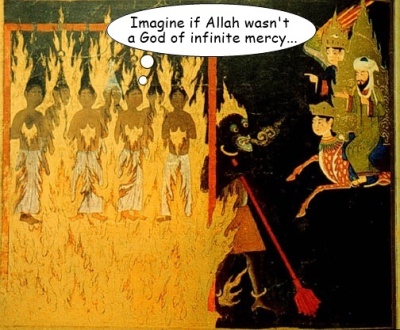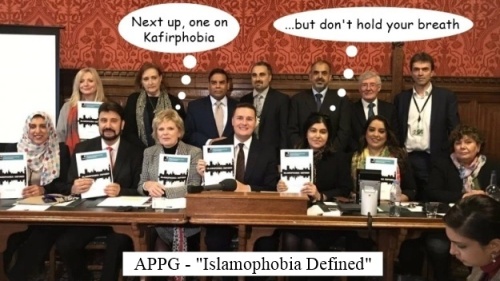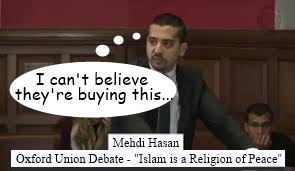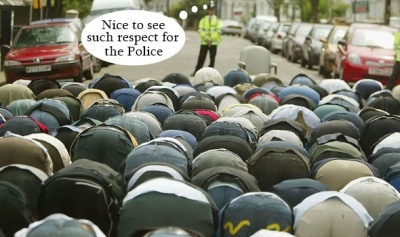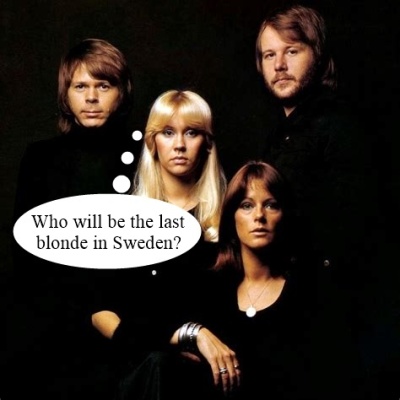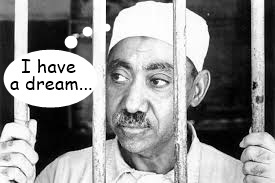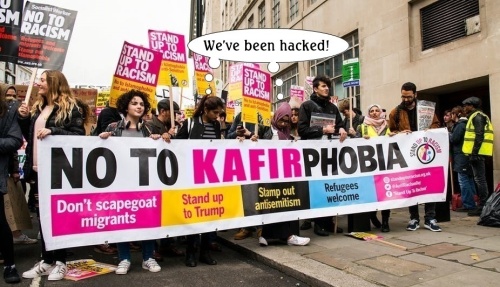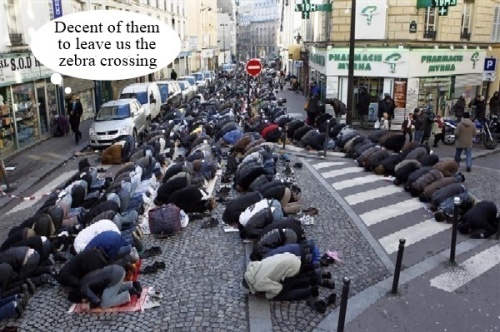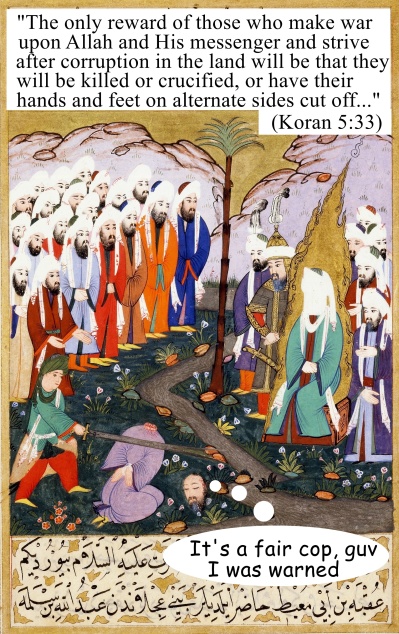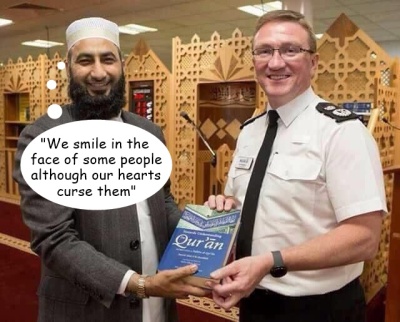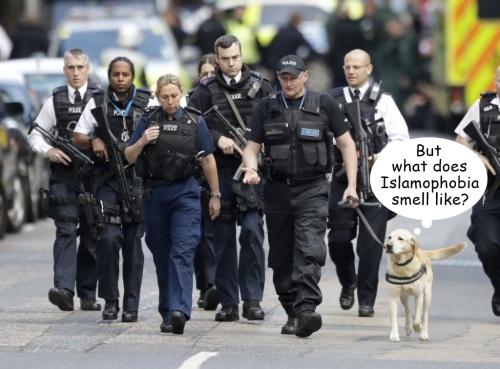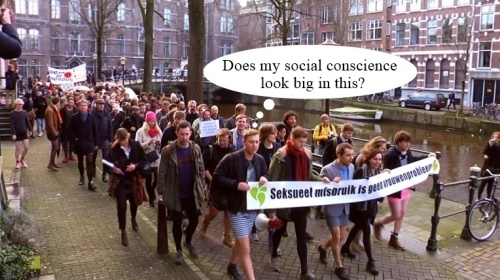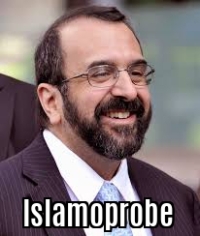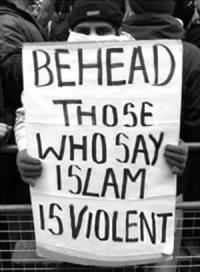Here is an interesting article, “Frantz Fanon and the crisis of mental health in the Arab world”. The author Joelle M Abi-Rached, a Lebanese doctor and academic, recounts a visit to the psychiatric hospital of Blida-Joinville in Algeria. Today it is run down and desolate but in the 1950’s it was “the pride of the colonial Algerian school of psychiatry”. At that time there co-existed at the hospital two schools of thought explaining the violent pathologies presenting in Algerian patients.
The first was called Primitivism which found the source of the troubling behaviours in the supposedly deficient cortex of the Arab native. It was championed by psychiatrist Antoine Sutter and has long since been consigned to history.
The second was developed by Frantz Fanon, a French psychiatrist and revolutionary from Martinique. His theory put the blame squarely on colonialism, and is still influential today although looking somewhat threadbare sixty years after colonial emancipation.
This is the core part of Dr Abi-Rached’s article:
“In his book The Wretched of the Earth (1961), Fanon locates the origins of Algerian violence in the ‘colonial situation’. Through a series of poignant case studies drawn from his clinical practice, he showed how the colonialist’s violence bred in the colonised a constellation of pathological behaviours. And perhaps because of that inextricable link, he argued that violence was an essential part of the anticolonial struggle. It was nothing more than an appropriation of the means with which the colonialist/settler rules, but turned towards the rise of national consciousness and the birth of the ‘new man’ – a revolutionary subject born out of decolonisation.”
Dr Abi-Rached then asks “What has become of the ‘new man’ and the morbid symptoms of colonialism almost six decades after Algeria and other colonised countries gained independence?”
She also approvingly quotes a psychoanalyst named Karima Lazali. In her book Colonial Trauma Dr Lazali writes of the protean symptoms of colonial trauma that persist until today, including fratricidal violence. This, she argues, is a natural consequence of the colonialist’s “sin of origin” and claims that colonialists pushed Algerians on a trajectory of perpetual loss and suspicion, of constant malaise and self-mutilation, and even of a collective ‘death drive’.
Two items here seem particularly to invite sceptical scrutiny: the new man and the colonialist’s sin of origin.
FRANTZ FANON
I must admit the more I read of Frantz Fanon the less sympathetic a character he appears to be. Like his counterpart in the New World, Che Guevara (also a believer in the revolutionary new man), he looks better from a distance. Fanon’s writing reminds me of the Marxist theology I remember being earnestly debated decades ago by fellow students who would demand to know “Which side will you be on in the Revolution?” Fortunately, the revolution has been delayed indefinitely but Fanon’s influence remains strong among our impressionable young. Sadly, in the absence today of actual colonies, they have to content themselves with decolonising statues and their university libraries.
I do not like Fanon’s enthusiastic encouragement of others to engage in horrific violence. The first section of The Wretched of the Earth, Concerning Violence, makes it plain that for Fanon decolonisation is, by definition, a violent process without exception. This is plain wrong. There are plenty of exceptions, the most obvious being that of India. The British realised the game was up after WWII and withdrew in an orderly fashion, something made possible by the non-violent ideals popularised in the country by Gandhi. It was certainly attended by much violence but that was almost entirely between two religious communities of the colonised not between colonised and colonisers.
Fanon thought that violence would be a necessary cleansing act, bringing forth a new national consciousness and the birth of the elusive new man. On the other hand there are those who think that violence merely begets more violence, a view encouraged by comparing the postcolonial histories of India and Algeria. India has rubbed along with no more than the usual internal frictions of any country, while 30 years after independence Algerians could not resist throwing themselves into another prolonged bloodletting, something that strains credulity when blamed on anyone other than Algerians.
And I do not like the fact that he said “Truth is whatever hastens the disintegration of the colonial regime”. That paints him as an ideologically committed propagandist more than an honest researcher.
But I really do not like that he “locates the origins of Algerian violence in the colonial situation” and only in the colonial situation. Dr Lazali concurs with him by blaming Algeria’s woes entirely on the colonialist’s “sin of origin”. I suggest that since Algeria did not in fact originate with French colonisation we should look further back in time for the origins of Algeria’s problems – much further back – where we may find other sins of origin.
HISTORY
Fanon claimed that colonisers attempt to write the precolonial history of a colonised people as one of barbarism and degradation “in order to justify the supremacy of Western civilization”.
Indeed they have done so but, unfortunately for Fanon’s thesis, in this case the people the French invaded and colonised really were barbaric and degraded….unless you regard piracy and slaving as civilised.
Before the coming of the French the region now called Algeria, but then known only as Algiers, formed part of the Barbary Coast, home to the Barbary Pirates, famed for their rapaciousness and cruelty. For hundreds of years piracy and slave-trading were the principal economic activities of the four main Barbary ports, Tripoli (in modern day Libya), Tunis, Algiers, and Sale (in modern day Morocco).
A Catholic religious order, the Trinitarians, was established as early as the late 12th century for the purpose of ransoming Christian captives. One famous example, Miguel de Cervantes, was released to them in 1580 after five years captivity in Algiers. He returned to the episode repeatedly in his later literary work, detailing the inhuman treatment visited upon him and his fellow captives, and warning Europe of the ever present danger from “the Turk” ie Muslims.
At any one time there would be thousands of Christian – and other – slaves in Algiers. Here is an illustration from the British naval captain Walter Croker’s account of his visit to Algiers in 1815:
The Barbary Pirates started to become a significant threat to European shipping under Ottoman rule (1525-1830) although for much of that time the Barbary regions were semi-autonomous, with the pirate captains wielding formal political power. The continued piracy on European, and later American, ships led to repeated naval attacks on Algiers by Spain, Denmark, France, Britain and the United States. And then came the French invasion.
It is clear that the Algerian people were deeply entrenched in a violent and predatory way of life long before French colonisation (1830-1962). But where exactly did that culture come from? A concise answer was provided in 1786 when future US presidents Thomas Jefferson and John Adams went to London to negotiate with Tripoli’s ambassador Sidi Haji Abdrahaman. When they enquired:
“concerning the ground of the pretensions to make war upon nations who had done them no injury the ambassador replied that it was written in their Koran, that all nations which had not acknowledged the Prophet were sinners, whom it was the right and duty of the faithful to plunder and enslave; and that every mussulman who was slain in this warfare was sure to go to paradise”.
This candid acknowledgement should not surprise anyone who has read the Islamic scriptures. The Koran and the Hadiths are bad enough but to get the full picture of Mohammed’s criminal beginnings in Medina as a “desert pirate” and enslaver of vanquished tribes one should go to Ibn Ishaq’s biography of Mohammed, Sirat Rasul Allah.
Clearly the Barbary Pirates were faithfully following Mohammed’s example as Muslims are enjoined to do:
“Certainly you have in the Apostle of Allah an excellent exemplar for him who hopes in Allah and the latter day and remembers Allah much.” (Koran 33:21)
PSYCHOLOGY
Could it be that a thousand years of being subject to various Islamic empires, and therefore the thorough inculcation of Islamic teachings, played some part in Algeria’s admitted pathologies? Did Islam breed in the faithful a constellation of pathological behaviours?
On an individual level, the Syrian born psychiatrist Wafa Sultan certainly thinks that Islam is bad for your mental health. She came to loathe the religion and secretly apostasised before escaping to the United States where she wrote a book called A God Who Hates. That is a very apt description of Allah, don’t you think? Throughout the Koran he does not hide his hatred for anyone who will not believe in him. He repeatedly commands the faithful to militarily dominate those unwise enough not to submit to him in this life, and gives lurid descriptions of the endless tortures he intends to inflict on them in the afterlife. Here is an example:
“Lo! Those who disbelieve Our revelations, We shall expose them to the Fire. As often as their skins are consumed We shall exchange them for fresh skins that they may taste the torment.” (Koran 4:56)
Indeed a god who hates. What would be the likely effect on a child forced to worship such a monstrous deity, and to revere his prophet Mohammed, an obvious criminal?
Dr Sultan has written “When I examined the Koran, the hadith, and the Islamic books under a microscope, I came to the absolute conviction that it is impossible – impossible! – for any human being to read the biography of Muhammad and believe in it, and yet emerge a psychologically and mentally healthy person”.
Surely she has a point. You do not find Hindus or Sikhs or Christians machine gunning or beheading unbelievers in the street on account of a cartoon.
On a societal level, which is Fanon’s chosen area of focus, we have to ask why did he look back only to the recent past of Algeria? Would he have been satisfied exploring only the last few years of a patient’s adult life to find the source of their problems or would he, following conventional psychiatric practice, have delved all the way back to their adolescence and childhood?
If he had examined Algeria’s pre-colonial history he would have found a people saturated in cruelty and violence. That was how they earned their living for hundreds of years. Could it have been that, denied an outlet directed toward the unbelievers, that predisposition turned inwards and was thus partly responsible for the “constant malaise and self-mutilation, and even of a collective ‘death drive’ which Dr Lazali identifies?
Perhaps the modern concept of Cognitive Dissonance can also shed some light on the colonial and post-colonial condition of Algerians and Muslims generally.
Allah assured the believers that they are “the best of nations” (Koran 3:110) while unbelievers are “the worst of creatures” (Koran 98:6) yet everywhere Muslims find themselves at the bottom of the pile in terms of prosperity, achievement and liberty. What wealth they have, and the source of their standing in the world, comes only from what happens to lay under their lands and which unbelievers have to pump out of the ground for them.
Today Muslims are truly the Wretched of the Earth. How far they have fallen! For hundreds of years the people of Algeria enjoyed licence to prey on the kuffar, provided by a religion which sacralised the worst of human behaviour. They terrorised shipping and coastal communities within their reach by use of force alone. They added nothing to civilisation but were entirely parasitical upon it.
And then came the French with greater force; bigger ships, better weapons and more advanced technology. They put an end to both the piracy and the slave-trading, allowing seagoing commerce to flourish safely in the region for the first time, something for which the civilised nations of Europe should be profoundly grateful.
How did the colonised Algerians, and other Muslim peoples, come to terms with their massive fall from power and prestige, then and now? Not by accepting that their culture was at fault, that’s for sure. That would mean admitting that the example of their prophet was fundamentally malign, which would of course undermine their religion.
Instead they comfort themselves with nostalgia for a largely illusory Golden Age and look for someone else to blame.
They are always the victims of the French or the British or the Americans. Or, most virulently, the Jews, a thorn in Mohammed’s side in 630 AD, and now, in the guise of Israel (population 10 million), the arch villains keeping 400 million Arabs down. Israel’s neighbours keep trying to wipe it off the face of the Earth but it would be a disaster for them if they succeeded. Who would they then blame when conditions in the region remained obdurately unimproved?
No one has done more than Fanon to position Arabs, and Muslims, as perpetual victims, something encouraged by the political left and successfully exploited by Muslims to the extent that any criticism of Islam is dismissed as a phobia by people who should know better. However throughout their history Muslims have consistently been the victimisers of non-Muslims whenever strong enough. Anyone taking at face value their current position in Western cultures as top victim, ahead of other clamouring identity groups, should bear in mind the Arabic saying “Show a victim’s face and you will take over”.
CONCLUSION
Dr Abi-Rached ends the article by claiming that “The thesis that Fanon posed decades ago remains relevant, but today the new man seems, alas, to be dead and in need of reinvention”.
I suggest that the new man was never born. The old man of Algeria had been too long in the making to be wished away overnight. Surely psychiatrists, of all people, should understand that for new psychological growth to occur, whether for individuals or for societies, it is first necessary to confront, and accept responsibility for, ones own “sins of origin”?
PS On the subject of taking, or not taking, responsibility for one’s own actions – shortly after finishing this blogpost I came across an item in the newspaper obituaries which I think needs no further comment from me. It concerned the recently deceased Saadi Yacef. He was the military chief in Algiers for the Front de Libération Nationale (FLN) at the time of the Battle of Algiers. In an interview he said “We killed women, yes, and took foetuses out of their womb”, which he justified as part of the struggle for freedom. “This was our only means against a cruel enemy.”
